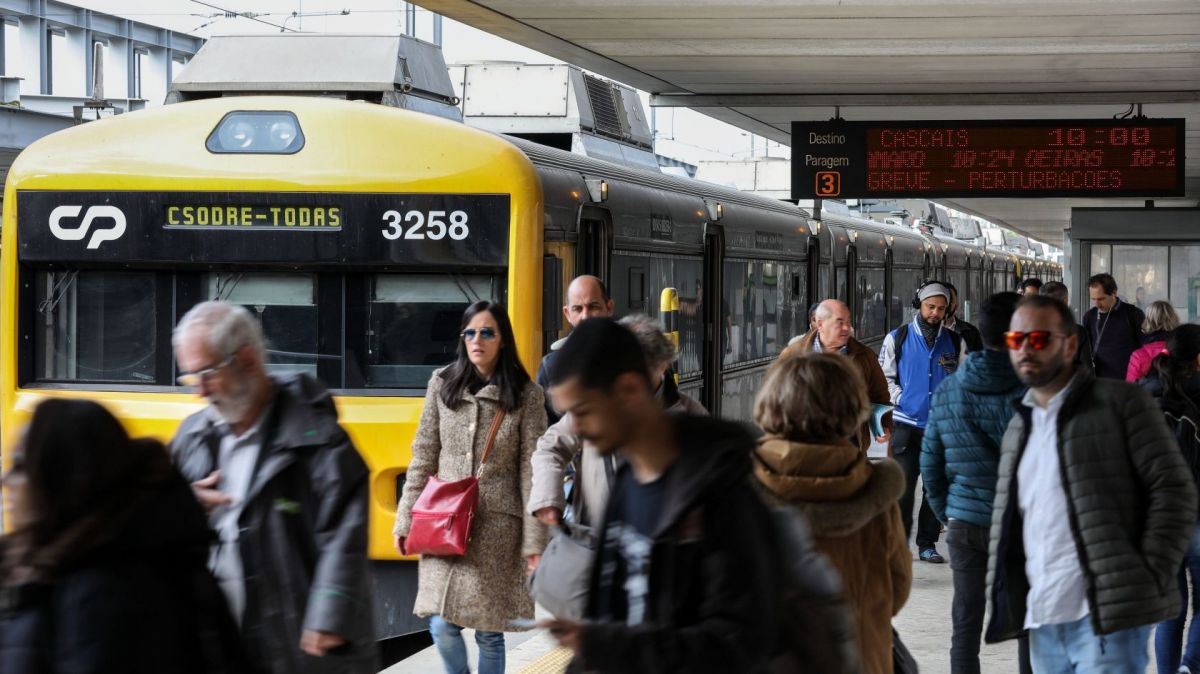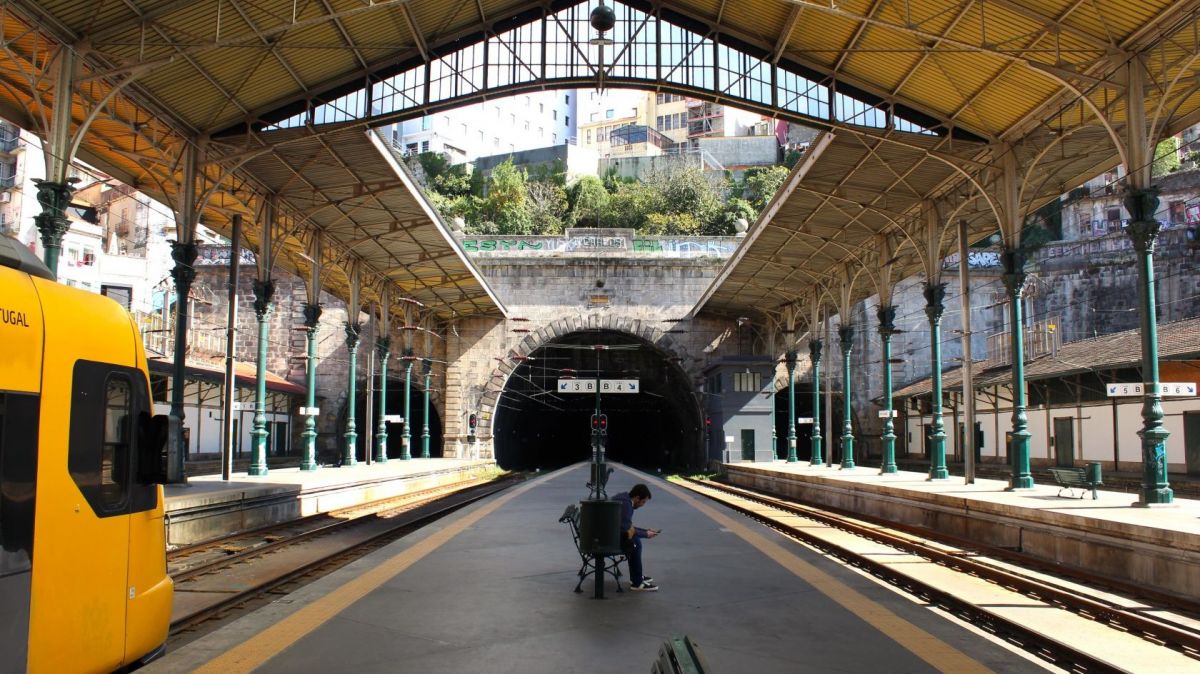"This corridor is important and it is a synergy that we have worked on together with Viseu, a city that has no rail connection", said Jorge Almeida.
For the president of CIRA, the inclusion of the Aveiro/Vilar Formoso corridor in the National Railway Plan “indicates that it should be studied seriously”.
“This is the corridor we defend and by featuring it in the Plan, it rules out other supposed solutions, which are less capable, in our view,” he commented.
The National Railway Plan (PFN) published in the DR foresees the phased construction of a new railway line between Aveiro and Vilar Formoso, detailing that the future connection will be designed with traffic separation, similar to the Atlantic Axis, with a High Speed Line (LAV) for passengers and the Beira Alta Line dedicated to passengers and goods.
“The LAV should reach 250 kilometres/hour, with a station in Viseu, passing through Guarda and connections to Beira Alta, near Mangualde and Celorico da Beira”, describes the Plan.
The president of CIRA, who also presides over the Águeda Council, also expressed his satisfaction with the inclusion in that strategic document of the modernisation of the Vouga Line, envisaging its integration into the Aveiro and Porto systems, with a new connection to the Northern Line in Espinho.
“The modernisation of the Vouga Line, with a suburban nature, is also important for the region, which points towards electrification, at least in the medium term, and towards improving the rolling stock, with the relocation of stopping points,” he said.
Jorge Almeida also highlighted the maintenance of the metric gauge: "It maintains the metric gauge, which for me is very good, given the tourist interest of the Vouga Line”.
“It allows us to keep narrow gauge trains running, and the passenger service does not lose anything, quite the opposite, and we keep all these hypotheses open,” he added.














